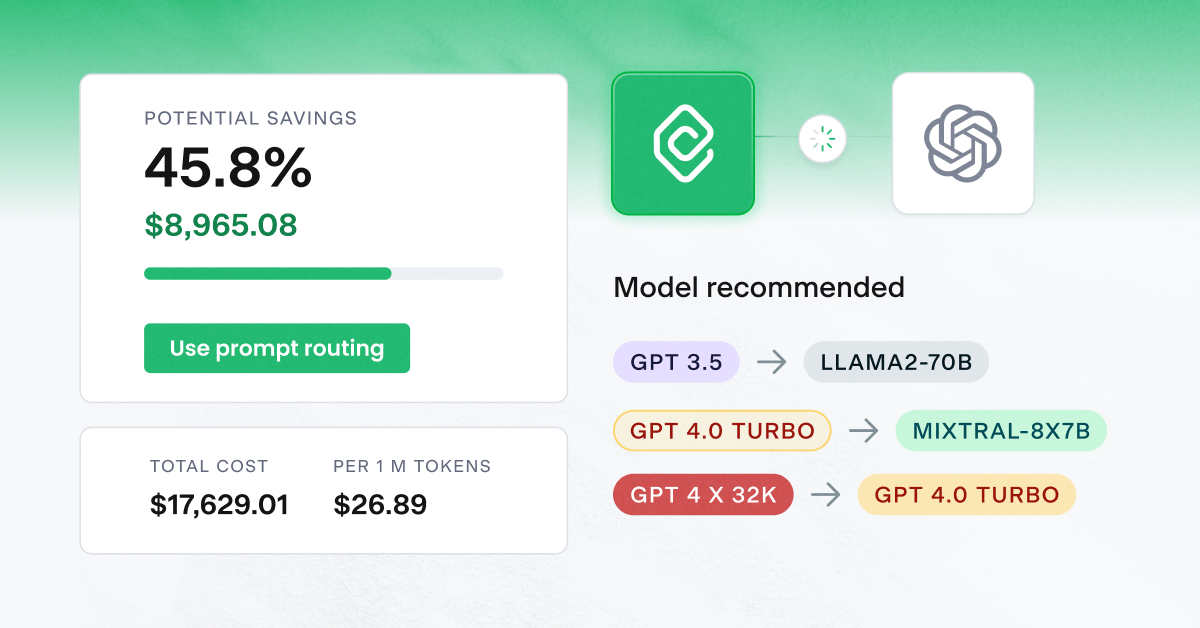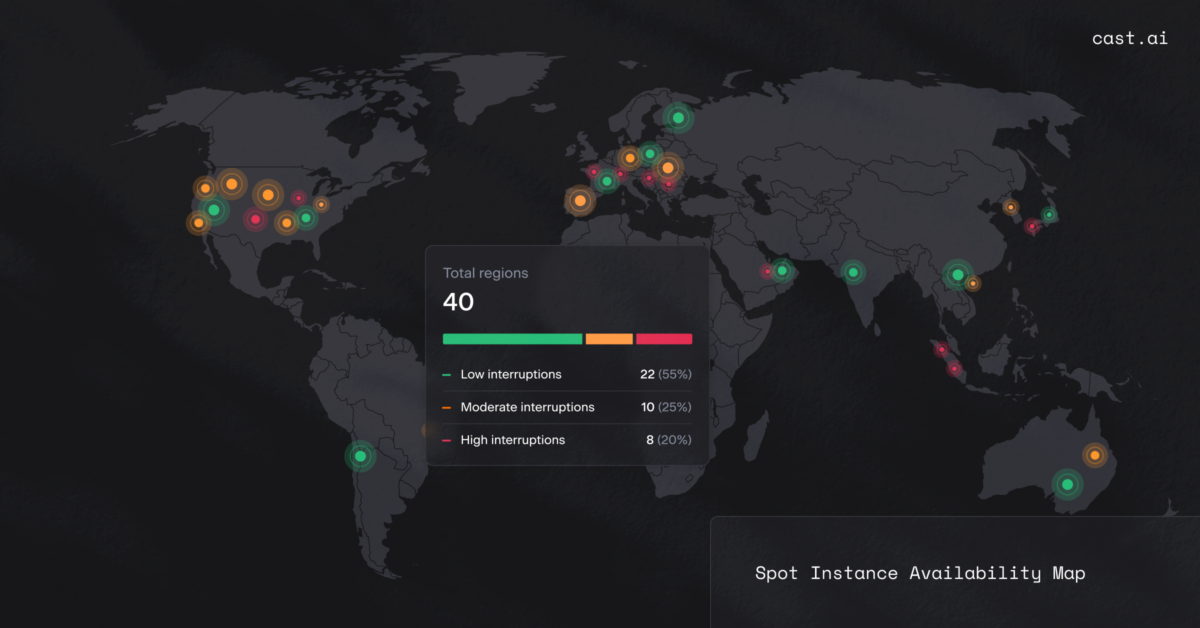We’re thrilled to share our 2024 Kubernetes Cost Benchmark Report! 🎉

The annual report is based on insights from our comprehensive analysis of 4,000 unoptimized clusters between Jan. 1 and Dec. 31, 2023, before they were optimized by our platform.
How many CPUs and how much memory do Kubernetes applications actually use? Do utilization levels differ between cloud providers? What are the biggest drivers of cloud costs? We answer all of these questions in the report. Read on for the key takeaways.
Striking data about CPU and memory utilization
This year, we expanded our analysis to also look into CPU and memory utilization, comparing provisioned, requested, and actual usage. We excluded clusters with fewer than 50 CPUs from our analysis – they’re just too small to be included in a reliable data set.
We expected CPU and memory utilization to be low given how many companies running applications on Kubernetes are still in the early stages of optimization. But what we uncovered surprised us: In clusters with 50 CPUs or more, only 13% of the CPUs provisioned ended up being used.
Larger clusters? Not much better. Clusters with 1,000 CPUs or more saw only 17% of their provisioned CPUs put to work. Mega-clusters of 30,000 CPUs or more saw a 44% utilization rate, but account for less than 1% of the dataset and are representative of uniquely complex cluster architecture needs.
The comparison across cloud providers reveals an interesting parity. Both AWS and Azure exhibited identical utilization rates, while Google Cloud slightly outperformed its counterparts.
Avoid costly mistakes
Many companies are in the early stages of their Kubernetes optimization journeys and they’re grappling with the complexity of manually managing cloud-native infrastructure. The stakes are higher than ever due to rising cloud service costs and increasing complexities within cloud infrastructure. Companies continue to shift older applications from on-premises to the cloud and it is more important than ever to understand the financial implications of these migrations.
Read this year’s Kubernetes Cost Benchmark Report to learn more about how you can analyze and automatically optimize clusters in real time with CAST AI’s advanced machine learning algorithms, avoiding cloud waste in your Kubernetes setup and improving performance and reliability.




Leave a reply